SUMMARY
This is AI generated summarization, which may have errors. For context, always refer to the full article.
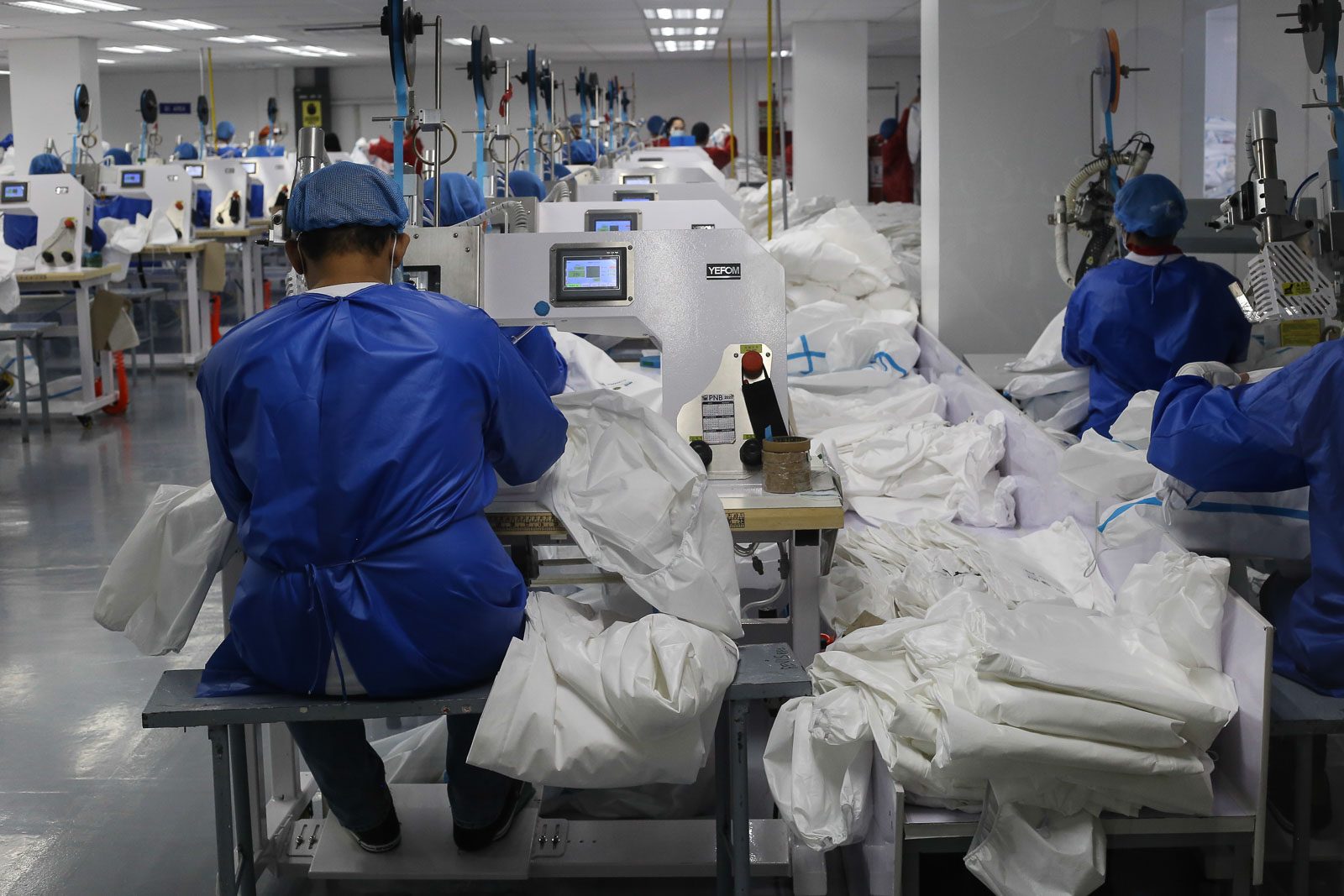

Some 4 million Filipinos were unemployed in January 2021, the Philippine Statistics Authority (PSA) said on Tuesday, March 9.
This is higher than the 3.8 million unemployed in October 2020 and the 2.4 million in January 2020.
The January 2021 figure translates to an unemployment rate of 8.7%, as businesses struggle to open amid the coronavirus pandemic.
The unemployment rate also stood at 8.7% in October 2020. It stayed steady in January as the labor force participation rate also grew.
The labor force participation rate, the number of persons in the labor force to the total population 15 years old and over, stood at 60.5% in January, compared to 58.7% last October.

The employment rate in January 2021 stood at 91.3%, which is the same as the October 2020 rate. This means that 41.2 million Filipinos were employed out of the 45.2 million Filipinos in the labor force in January 2021.
Meanwhile, there were 6.6 million underemployed or people who have jobs but are looking for more to meet daily needs. This led to a higher underemployment rate of 16% in January.
Last October, there were 5.7 million underemployed, for an underemployment rate of 14.4%.
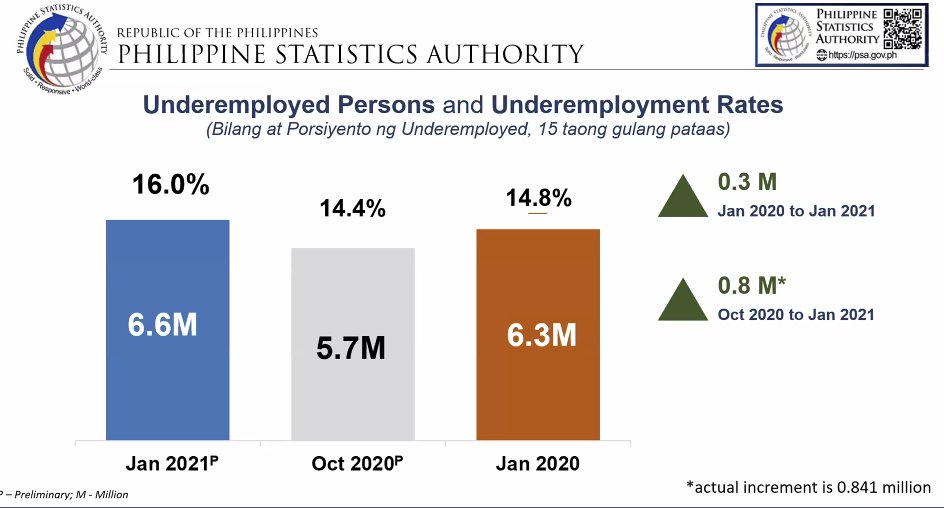
Regions
The National Capital Region (NCR) saw the biggest improvement, as 269,000 jobs were restored.
The unemployment rate in NCR went down from 12.4% in October 2020 to 8.8% in January 2021. Likewise, underemployment decreased from 11.1% to 8.2%.
Outside NCR, however, unemployment increased from 8.2% in October 2020 to 8.7% in January 2021. Underemployment also went up from 14.9% to 17.1%.
Unemployment rates in 7 areas were higher than the national average.
Calabarzon and Bicol reported double-digit unemployment rates of 13.1% and 11.3%, respectively.
The government’s economic team attributed the increase to weather disturbances, the African swine fever outbreak, and continued mobility restrictions that have affected travel and tourism.

By gender
More men showed intent to join the workforce than women.
Among men and women, the labor force participation rate in January 2021 was higher for men (73.9%) than for women (46.9%).
Meanwhile, the employment rate for men was registered at 91.3% compared to the 91.2% for women.
Men also saw a higher underemployment rate at 17.6% compared to the underemployment rate for women at 13.4%.
Signs of recovery?
Despite unemployment staying high, the government’s economic team sees “signs of recovery,” pointing to improved figures in the labor force participation.
“As we further reopen the economy, we continue to see signs of recovery. The results of the January labor force survey are promising as it tells us that we are on track to getting back most of the jobs we have lost due to COVID-19 and the quarantines,” the joint statement of the Department of Finance, Department of Budget and Management, and National Economic and Development Authority read.
“While the data show that across sectors, we are gradually getting back the jobs we lost due to the pandemic, the smaller progress in the past quarter suggests that we still need to address the remaining restrictions before the economy can get closer to normal.”
The economic team reiterated their calls to gradually and safely relax quarantine restrictions, expand the age group allowed to go out, and further reopen public transportation.
The PSA is now conducting the labor force survey monthly, unlike in the previous years where it was conducted quarterly, to closely monitor the labor market’s condition amid the COVID-19 crisis.
The Philippine government is expecting more jobs to return in 2021, but also admits that millions of Filipinos who have fallen into poverty due to the pandemic will remain poor. – Rappler.com
Add a comment
How does this make you feel?


![[In This Economy] Can the PH become an upper-middle income country within this lifetime?](https://www.rappler.com/tachyon/2024/04/tl-ph-upper-income-country-04052024.jpg?resize=257%2C257&crop=295px%2C0px%2C720px%2C720px)


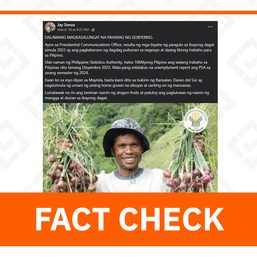
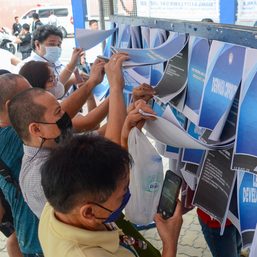
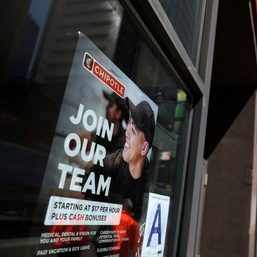
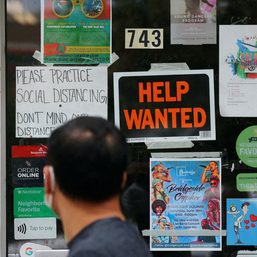
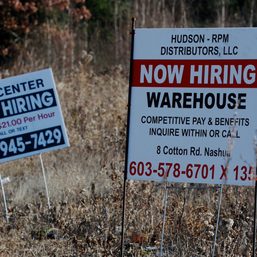
There are no comments yet. Add your comment to start the conversation.